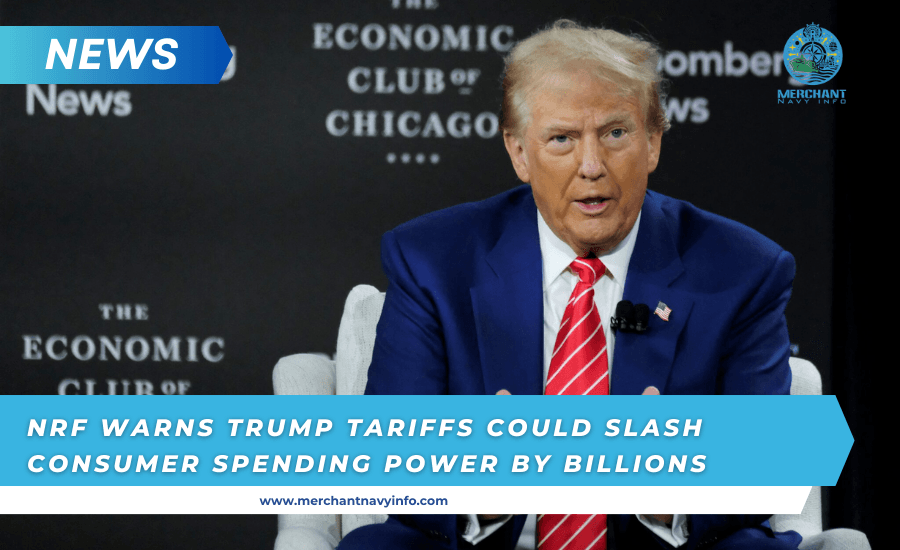
NRF Warns Trump Tariffs Could Cost Consumers Billions in Purchasing Power
A recent study from the National Retail Federation (NRF) paints a bleak picture for American consumers: If President-elect Donald Trump’s proposed tariffs on imported goods go into effect, consumers could lose billions of dollars in purchasing power each year.
The study, “Estimated Impact of Proposed Tariffs on Imported Products: Apparel, Toys, Furniture, Appliances, Shoes, and Travel Goods,” quantifies the potential costs to American households as tariffs could raise prices on basic products from shoes to mattresses.
How do tariffs translate into higher prices?
According to the National Response Mechanism’s findings, the proposed tariffs include increases of 10% to 20% on all global imports and tariffs of up to 60% to 100% on imports from China. Former President Donald Trump originally pushed these tariffs to shift production to American manufacturers. Still, they could result in higher prices for everyday items, with the costs ultimately borne by consumers.
“Tariffs are taxes paid by U.S. importers, not foreign countries or exporters,” said Jonathan Gould, NRF’s vice president for supply chain and customs policy. “Higher prices ultimately take this tax from consumers’ pockets.” According to NRF, imports push prices, with items like a $40 toaster rising to around $48 to $52 and a pair of $50 sneakers costing consumers $59 to $64.
Impact on American Households and Purchasing Power
The proposed tariffs will have a far-reaching impact on American households, especially for low-income households already experiencing inflationary pressures. The NRF study estimates the following impacts on consumer purchasing power:
- Apparel: Additional costs range from $13.9 to $24 billion.
- Gaming: Costs rise from $8.8 billion to $14.2 billion.
- Furniture: American households could pay $8.5 billion to $13.1 billion more.
- Appliances: Prices rise from $6.4 billion to $10.9 billion.
- Shoes: Another $6.4 to $10.7 billion out of consumers’ pockets.
- Travel goods: Spending on items like suitcases and backpacks could increase from $2.2 billion to $3.9 billion.
In the most extreme scenario, the average tariff rate on these categories would exceed 50%, a significant increase from current levels.
What does this mean for retailers and the market?
The NRF study asserts that cost increases are so high that retailers cannot absorb them without affecting prices. This is especially true for industries like apparel and electronics, where China remains a major supplier. As Gould notes, price increases will be “higher than many consumers are willing or able to pay,” and inflationary pressures will further weigh on Americans’ wallets.
While some U.S. manufacturers could benefit from increasing domestic production, the NRF’s findings suggest that the gains would not outweigh the financial burden on U.S. consumers or affect overall purchasing power.
Bottom Line: Consumers are bracing for higher prices and reduced purchasing power
If the tariffs go through, they could result in a loss of purchasing power of $46 billion to $78 billion per year, severely impacting American consumers’ purchasing power. With major economic and business changes on the horizon, consumers may soon have to weigh the cost of meeting their daily necessities.
In an already challenging economic environment, the National Rescue Fund’s warning is clear: Price increases caused by tariffs on imported goods could change consumer spending habits, strain budgets, and impact housing affordability across the country.









